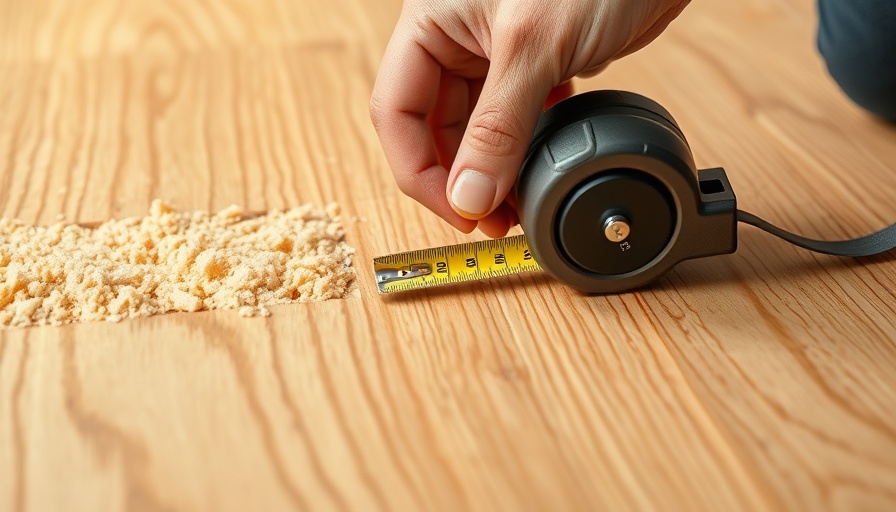
Understanding the Value of Floor Insulation
For homeowners, the quest for both comfort and cost-efficiency in their residences is paramount. One area often overlooked but critical to both warmth and energy savings is the floor. With escalating energy prices and an increasing focus on sustainable living, ensuring that the floor of your home is adequately insulated can have a profound effect not only on your comfort but also on your energy bills.
Why Insulate Your Floor?
Uninsulated or poorly insulated floors can lead to chilly rooms and even higher heating costs. According to research studies, significant energy loss can occur through ground floors, especially in older homes that may lack proper insulation. In fact, many homeowners do not realize that a well-insulated floor can reduce energy bills by maintaining a more consistent indoor temperature.
How to Assess Your Floor’s Insulation Needs
Conducting a simple assessment of your floor insulation is essential. Start by checking the construction year of your home, as this often indicates the building standards used. Older homes frequently lack the insulation that newer codes require. To get started, a brief survey can be done using a thermometer or thermal camera to identify cold spots. Homeowners can utilize various tools like measuring tape to ascertain square footage and even check for the presence of a crawl space that can be accessed.
Practical Insights and Tips for Homeowners
Once you’ve identified the need for better insulation, consider the options available. Many homes benefit from professional insulation upgrades, but for those who are handy, DIY solutions are also available. Materials such as fiberglass batts, rigid foam boards, and spray foam offer diverse advantages and levels of effectiveness. There is also the option for a professional assessment to ensure that all insulation avenues are explored.
Future Trends in Sustainable Home Improvements
As the market shifts towards more sustainable living, innovations in insulation materials are constantly emerging. Expect advancements that not only enhance thermal insulation but also focus on environmentally friendly, sustainable options such as cellulose or sheep wool insulation. Homeowners will have access to a greater variety of materials that cater not just to efficiency but also eco-friendliness.
The Financial Benefits of Floor Insulation
Beyond comfort, insulating your floor can significantly impact your wallet. With subsidies and government programs available (such as the ISDE subsidy in the Netherlands), homeowners can receive financial assistance that reduces costs associated with insulating their properties. Therefore, not only does effective insulation provide immediate benefits, but it can also create long-term financial relief by minimizing energy consumption.
Taking the First Steps for Better Energy Efficiency
If your goal is to create a more energy-efficient home, conducting a floor insulation assessment is an essential first step. The results from this self-evaluation can lead to tailored recommendations that will fit your residence’s unique needs while addressing budget considerations and desired outcomes.
As we move towards a future concerned with sustainability and energy savings, making informed choices becomes crucial for all homeowners. Begin today by taking stock of your home's insulation and commit to enhancing its efficiency.
 Rij toevoegen
Rij toevoegen






 Rij toevoegen
Rij toevoegen



Write A Comment